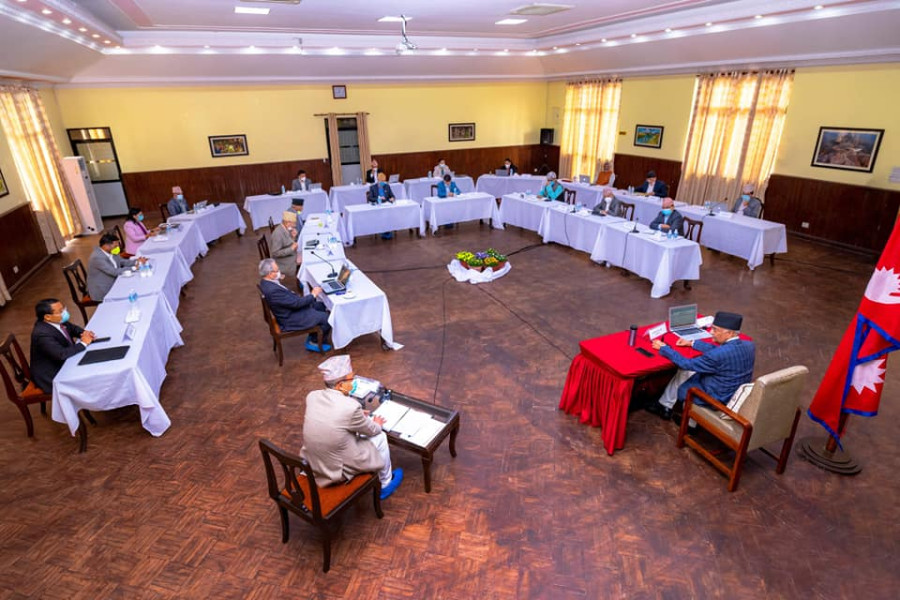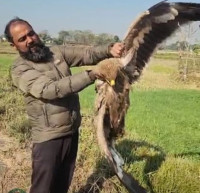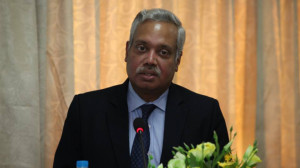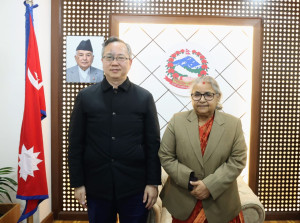National
Government extends lockdown until May 18
International flights to be suspended and border to remain sealed until May-end.
Post Report
The government on Wednesday decided to extend the nationwide lockdown until May 18.
“Today’s Cabinet meeting took the decision to continue the lockdown in view of the rising number of coronavirus cases in the country,” said Padma Kumari Aryal, minister for land management, cooperatives and poverty alleviation.
Nepal has been on lockdown since March 24 to contain the spread of the virus.
On April 26, the government had extended the lockdown, the third time, until May 7.
When the government first announced the lockdown, Nepal had reported just two Covid-19 cases. But this week alone, 23 new cases have been reported, with the national tally reaching 82. There have been no deaths.
Minister for Law and Justice Shiva Maya Thumbahamphe told the Post that the Cabinet also decided to continue the suspension of international flights and seal the border until the end of May.
Wednesday’s Cabinet decision to extend the lockdown is in line with the recommendation of the high-level committee for the prevention and control of Covid-19.
Concerns, however, have been growing if extending the lockdown is the only solution, with experts warning of the economy being hit hard if the government does not plan gradual relaxation of restrictions in some sectors like industries and agriculture.
Critics say the government failed to utilise the lockdown over the last six weeks to step up measures to trace and treat and find ways to gradually lift lockdown.
The government seems to be waiting for India’s response and is following suit, without considering its own ground reality into consideration.
A day after Nepal went on lockdown, India declared its lockdown on March 25. On Friday, the Indian government extended the lockdown for another two weeks after May 4, allowing ‘considerable relaxations’ in lower-risk districts that are marked as green and orange zones.
Discussions to mark districts as red, yellow and green zones had been going on tentatively in Nepal too, but the high-level committee for the prevention and control of Covid-19 during its Tuesday’s meeting dropped the idea, saying it’s not feasible.
“Since the concept of different zones isn’t appropriate for a small country like ours, today's meeting discussed the idea but dropped it for now,” Narayan Bidari, member-secretary of the committee, told the Post on Tuesday evening.
The committee on Tuesday then decided to recommend the government continuation of the lockdown while putting no restrictions on essential services and gradually easing the lockdown in the industrial and agricultural sectors.
The Cabinet also decided to tighten entry points to Kathmandu and keep records of those who need to travel for emergency situations like for health checkups.
According to the Health Ministry, Province 1 has reported 31 Covid-19 cases, Province 2 has reported 13, Bagmati 7, and Gandaki has reported two.
Similarly, Province 5 has reported 24 cases and Sudurpaschim has reported 5 cases. No Covid-19 cases have been reported in Karnali Province so far.




 19.12°C Kathmandu
19.12°C Kathmandu













